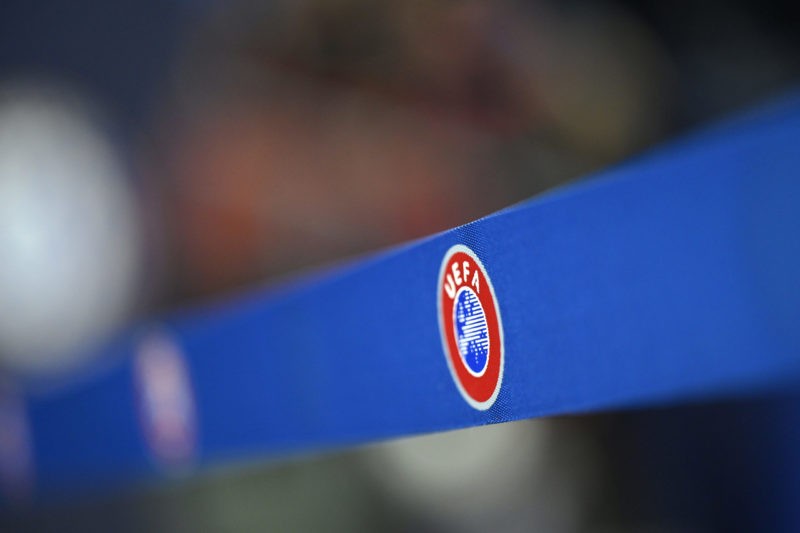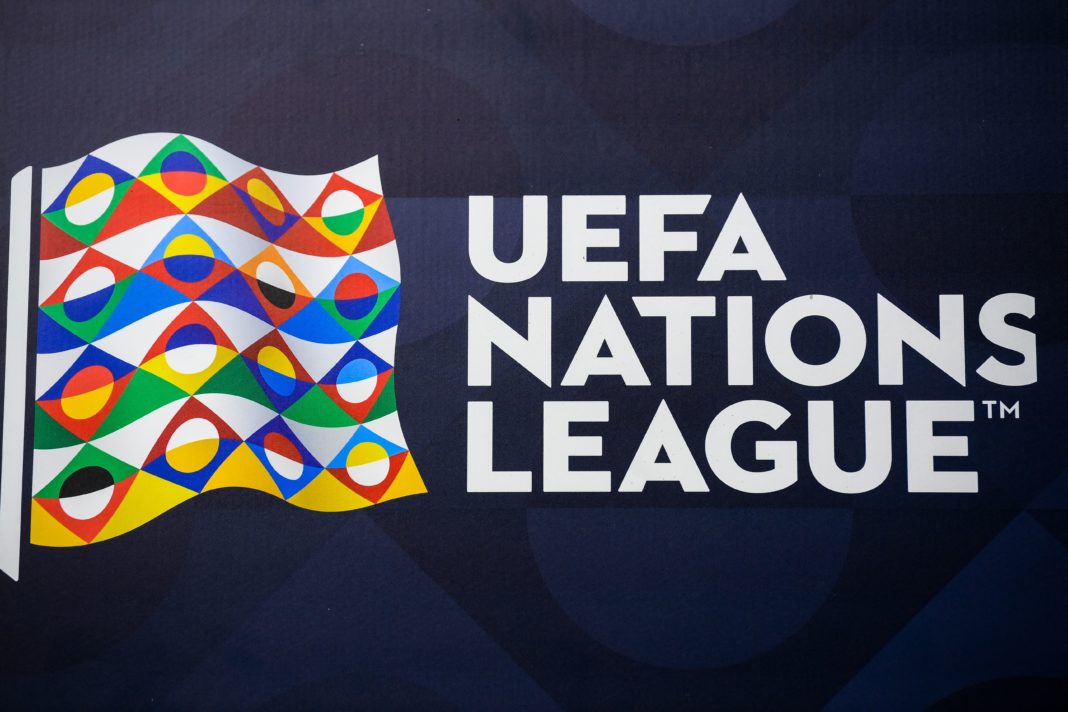UEFA have moved to the Nation Leagues format that has been tried and tested at the u-17 and u-19 level for many years as well as in the men’s game.
Previously, UEFA organised the Women’s Euros and the FIFA WWC qualifications on a two-year long format. This format has been replaced by two one-year cycles towards the Euros that will be followed by two one-year cycles towards the FIFA WWC.
If we look forward to the next four years cycle 2023-27:
Year 1 Nations League
Year 2 Euro 2025 qualifiers
Year 3 Nations League
Year 4 FIFA WWC 2027 qualifiers

How will things work?
The competition will comprise two interconnected phases, the UEFA Women’s Nations League and the European Qualifiers, each phase played in a league-style format with associations divided into three tiers. Within each tier, national teams compete in groups of four (or three), with each team playing one home match and one away match against all the other teams in their group.
The UEFA Women’s EURO 2025 host(s) will participate from start to finish. At the conclusion of each league stage, league rankings will be established, and teams promoted or relegated for the next competition phase or edition. At the end of the Nations League phase, the best four teams will contest the Nations League finals, while at the end of the European Qualifiers, final tournament play-offs will be contested for those teams not directly qualified for UEFA Women’s EURO 2025.
The Olympics qualifying format will also change as previously the top 3 European teams at the FIFA WWC were the teams qualifying for the Olympics. Team GB being the exception as the BOA must nominate one of the four home nation to be the team that will try to qualify for the Olympics.
Every four years, the Nations League finals will also serve as the European Qualifiers for the Women’s Olympic Football Tournament, i.e., the first edition will qualify teams for the 2024 Olympic Tournament in France. The two teams reaching the final will qualify except if France reach the final, in that case, the third placed team will qualify.
UEFA Nations League phase
The UEFA Nations League starts in autumn 2023 and is composed of a league stage, matches for promotion and relegation, and finals comprising two semi-finals, a third-place match and a final.
In the league stage, teams will be split into three leagues based on their current UEFA women’s national team coefficient rankings.
Leagues A and B each consist of 16 teams drawn into four groups of four; League C consists of 19 teams drawn into four groups of four and one group of three (note that the actual group composition of League C will depend on the number of participating teams).
All matches will be played over six matchdays, with each team playing one home match and one away match against all the other teams in their group.
The ultimate goals of this phase of the competition are to win the Nations League title and to achieve the best possible starting position for the next phase.
Nation League finals
The four group winners in League A will progress to the Nations League finals.
The finals will be played in single-leg knockout matches, with semi-finals, a third-place match and a final, and will be organised by the teams involved.
Automatic promotion/relegation
For the upcoming European Qualifiers:
• the winners and runners-up of League A stay in League A.
• the winners of Leagues B and C will be promoted to the next league.
• all fourth-placed teams in Leagues A and B, as well as the lowest-ranked third-placed team in League B, will be relegated to the next league.
• the two lowest-ranked runners-up and all third and fourth-placed teams in League C will stay in League C.
Additional promotion/relegation matches
All remaining teams are involved in promotion and relegation matches, played on a home-and-away basis, and have another chance to compete for a better starting league position in the European Qualifiers:
• the third-placed teams in League A play matches against the League B runners-up, with the winners playing in League A and the defeated teams in League B.
• the three best-ranked third-placed teams in League B play matches against the three best-ranked League C runners-up, with the winners playing in League B and the defeated teams in League C.
These matches take place in parallel with the Nations League finals
UEFA European Qualifiers phase
The European Qualifiers start in spring 2024, following the conclusion of the UEFA Nations League, and are composed of a league stage and final tournament play-offs.
The European Qualifiers league stage is played in the same format as the Nations League, with teams split into three leagues: League A with 16 teams, League B with 16 teams and League C with 19 teams. Each team’s starting league position is determined based on the results of the Nations League, as described above.
Again, teams compete in groups of four or three teams (League C) and over six matchdays, with each team playing one home match and one away match against all the other teams in their group.
The ultimate goals of this phase of the competition are to qualify for the UEFA Women’s EURO (or the FIFA Women’s World Cup) and to be positioned as high as possible in the league system for the next cycle.
The European Qualifiers ranking at the end of the league stage determines three main outcomes: who qualifies directly for the final tournament, who goes into the play-offs for the final tournament, and what starting league position teams will have in the upcoming Nations League. Depending on the league standings, teams will either maintain their position in the league or be automatically promoted or relegated.
Direct qualification for UEFA Women’s EURO 2025
The final European Qualifiers league ranking will reward the eight top teams in League A with direct qualification for UEFA Women’s EURO 2025. If the team of the host association have not qualified automatically, they will be guaranteed a slot. In the case of multiple hosts, this guarantee will cover a maximum of two teams.
European Qualifiers play-offs for UEFA Women’s EURO 2025
The remaining slots will be contested over two rounds of home-and-away European Qualifiers play-offs. The play-off path may be adjusted to consider the performance of the team(s) of the host association(s).
In the first round, the teams finishing third and fourth in League A will play the winners and three best-ranked runners-up in League C. The eight winners progress to the second round.
The four group winners and two best-ranked runners-up in League B will be drawn into six ties against the remaining two runners-up and four third-placed teams in League B. The six winners progress to the second round.
In the second round, the teams will be drawn into seven ties, with the seven winners progressing to the final tournament.
To recap the National Teams can qualify for the Euros either via the Nations League A with 8 seats or via the play-offs with also 7 seats available, those numbers will depend on the result of the finals host in their respective Leagues.
The same two years cycle will be repeated for the World Cup 2027 qualification:
The road to FIFA Women’s World Cup 2027 will be played in the exact same format as for UEFA Women’s EURO 2025, with the only difference being an adjusted European Qualifiers play-off pathway due to a lesser number of qualifying slots for FIFA Women’s World Cup 2027. In the current slot allocation for FIFA Women’s World Cup 2023, Europe has 11 direct slots plus one intercontinental play-off slot.
It is thought that the new format will make it more interesting for all the teams as they will from now on play teams with a similar strength. We won’t see 10-0 or 20-0 scoreline anymore in qualifiers and it means competitive games in all Leagues.
Obviously the NT calendar will change and many friendly dates that are used today will now be replaced by competitive games instead. We will have to wait until FIFA disclose the International Women football calendar 2023-27 to be able to visualize the changes.

